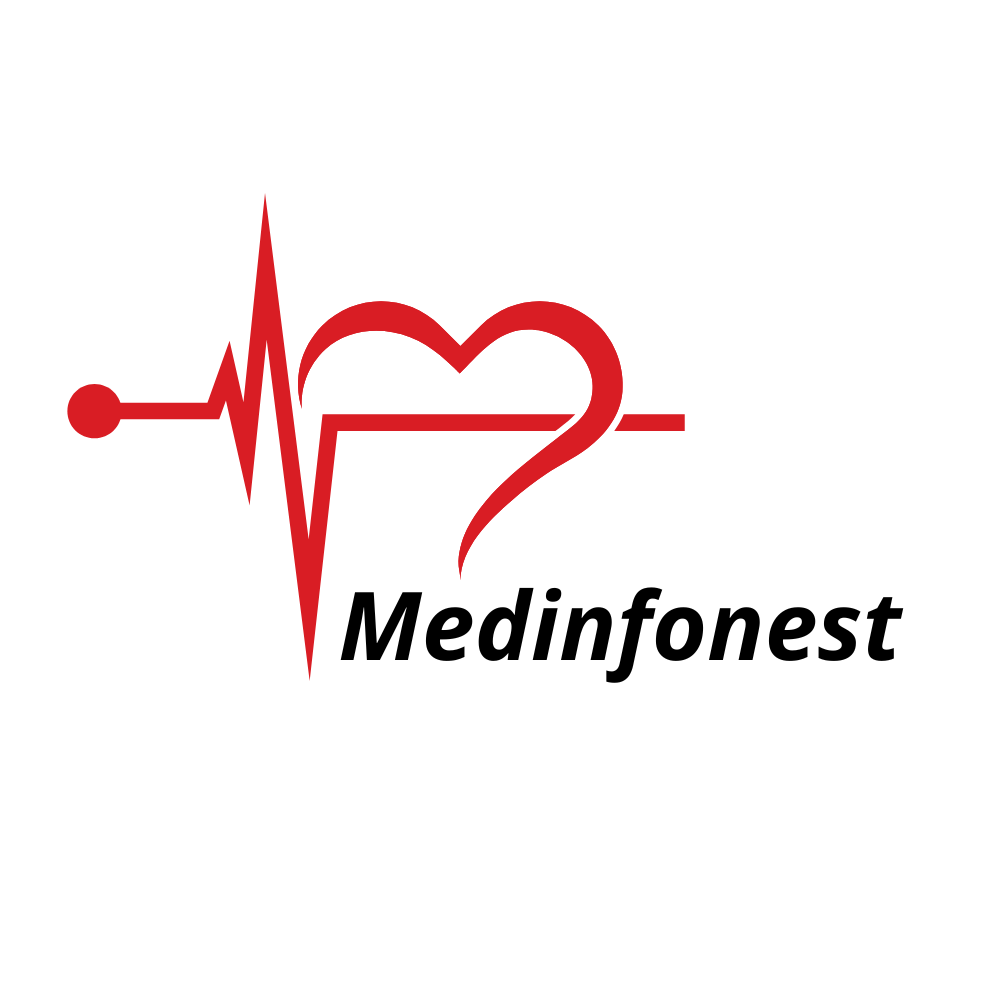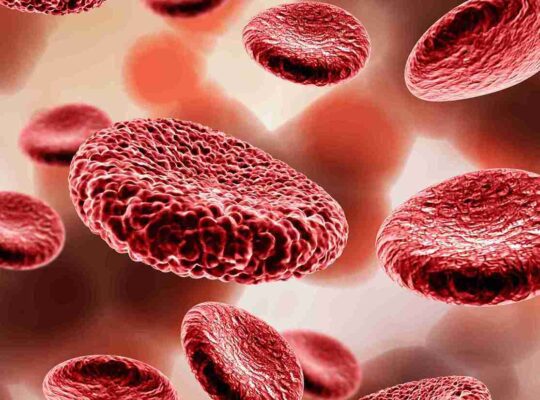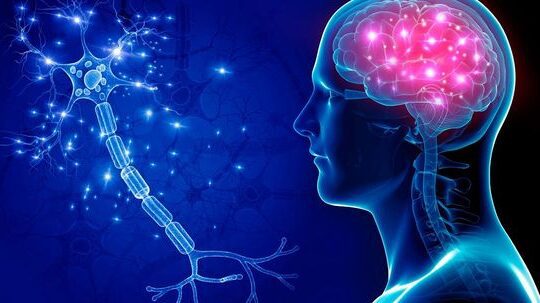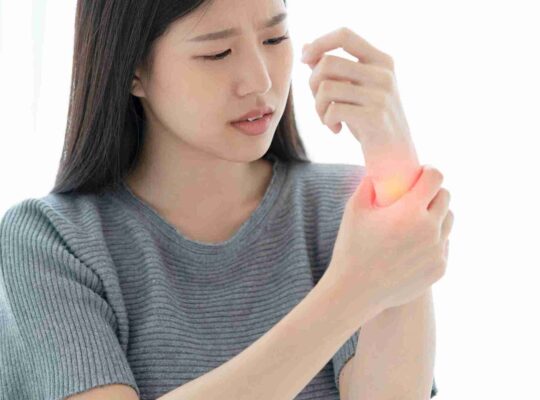What is Scoliosis?
Scoliosis refers to an abnormal lateral deviation of the spine. This curvature can involve the thoracic or lumbar region of the spine or both. Scoliosis management and care are critical, as scoliosis left unaddressed can lead to muscle fatigue, osteoarthritic changes in the spine, and, in severe situations, breathing problems.
Types of Scoliosis
The condition comes in various forms, each with unique causes and management needs:
- Idiopathic Scoliosis: The most common form, though its causes are unknown.
- Congenital Scoliosis: Arises from developmental issues during pregnancy and birth.
- Neuromuscular Scoliosis: Often associated with muscular disorders such as muscular dystrophy or ALS vs. MS.
- Degenerative Scoliosis: affects adults due to age-related changes in the spine.
Early detection and diagnosis
Early detection is crucial, as it can prevent significant deformity and poor outcomes. A physical examination is usually followed by X-rays and other tests, like CT or MRI scans. Symptoms include spinal curvature, asymmetrical shoulders, or a raised scapula, which healthcare providers look for.
Conservative Treatment Modalities
Many individuals opt for non-surgical scoliosis treatments. Here are some key non-surgical methods:
- Physical Therapy
- Physiotherapy emphasizes strong posture by targeting muscle groups that stabilize the spine, reducing discomfort. Therapy includes specific exercises tailored to individual needs. Stretching and flexibility exercises are beneficial, similar to those used in Exercises for Low Back Pain. Practices like yoga can also relieve stress and improve spine strength.
- Bracing
- Bracing is commonly used for children and teenagers to prevent curvature progression during growth. Although bracing doesn’t cure scoliosis, it significantly aids young people by supporting proper spine positioning.
- Chiropractic Care
- Chiropractors specialize in spinal manipulation to treat mild scoliosis, alleviate pain, and preserve spinal alignment. Chiropractic therapy paired with physical therapy and relaxation exercises can be very effective.
Surgical Management Options
In cases where curvature is severe or bracing and other treatments fail, surgery might be necessary.
- Spinal Fusion Surgery
- A common procedure for scoliosis, spinal fusion corrects the curvature by fusing vertebrae to halt further progression. Similar to recovery after a total hip replacement, post-surgery physical exercise is crucial for muscle maintenance.
- Vertebral Body Tethering
- This procedure places an expandable cord along the spine, which pulls the spine straighter as the child grows. This less-invasive alternative to fusion maintains some spine mobility and is becoming popular in the U.S. due to its positive results.
Lifestyle and Home Remedies
Lifestyle adjustments and home remedies are valuable for managing scoliosis.
- Regular Exercise
- Exercises improve posture, which is beneficial for scoliosis patients. Routine activities, like those for Build Biceps & Back, can include stretching and strength exercises to relieve tension. Swimming is also ideal for scoliosis patients, offering support and low-impact movement.
- Nutritional Support
- A balanced diet is essential for managing scoliosis. A cholesterol-lowering diet rich in calcium and vitamin D strengthens bones. Some individuals also report comfort from supplements like Vitamins for Digestion as part of a holistic approach to well-being.
- Self-care and Pain Control
- Chronic pain from scoliosis may impact mental health, leading to anxiety or depression. Stress-relief practices, such as morning walks or breathing exercises, help improve mood. Screening for mental health issues, as seen in bipolar disorder treatment, can benefit overall well-being.
Alternative Approaches to Managing Scoliosis
Complementary therapies can enhance traditional scoliosis treatments.
- Acupuncture
- Acupuncture can help manage back pain by balancing energy within the body. Those dealing with types of pain, similar to chronic pain management approaches, may find acupuncture beneficial.
- Massage Therapy
- Regular massage therapy relieves muscle tension, enhances relaxation, and relieves scoliosis pain. Massage is often part of a comprehensive treatment plan, like herbal remedies for gallstones, due to its role in promoting overall relaxation.
- Mindfulness and Meditation
- Mindfulness techniques, such as those practiced in schizophrenia management, reduce stress, which is helpful for scoliosis patients. Meditation and deep breathing exercises increase lung capacity, especially for patients with thoracic scoliosis.
Scoliosis Care in Children and Teenagers
Scoliosis commonly emerges during growth spurts in adolescence. Close monitoring is essential for early diagnosis, making treatments, including exercises from trochanteric bursitis management, more effective.
Adult Scoliosis: A Different Challenge
Degenerative scoliosis can develop in adults due to age-related changes. Adult scoliosis management typically focuses on pain relief, exercise, and physical therapy. Chiropractic care and other complementary therapies are also popular options.
Key Points for Effective Scoliosis Self-Management
Scoliosis management encompasses medical treatments, lifestyle changes, exercises, and complementary therapies. Non-surgical treatments are often effective, though surgery may be necessary in severe cases. Staying active and maintaining a positive mindset eases the challenges of living with scoliosis.
FAQs
What is scoliosis management?
Scoliosis care includes various treatment techniques to minimize scoliosis effects and improve the patient’s lifestyle.
Is it possible to live with scoliosis without surgery?
Yes, mild to moderate scoliosis can be managed with physical therapy, bracing, and lifestyle changes.
What exercises are effective for scoliosis?
Swimming and routines in Build Biceps & Back are helpful for scoliosis.
Can chiropractic care help treat scoliosis?
Chiropractic care aids in pain management and spinal alignment, though it isn’t a cure.
Does scoliosis progress with age?
Degenerative scoliosis may worsen over time if not managed properly.
Are there herbal treatments for scoliosis pain?
Massage therapy, acupuncture, and mindfulness are alternative ways to alleviate scoliosis pain.
What diets support scoliosis management?
A cholesterol-lowering diet low in saturated fats and rich in calcium and vitamin D supports bone health.
Can physical therapy treat scoliosis?
Physical therapy enhances muscle strength and posture but cannot cure scoliosis.
Is scoliosis genetic?
Yes, idiopathic scoliosis may be hereditary.
When is surgery advisable for scoliosis?
Surgery is usually recommended for severe curvature or when health is at risk.
